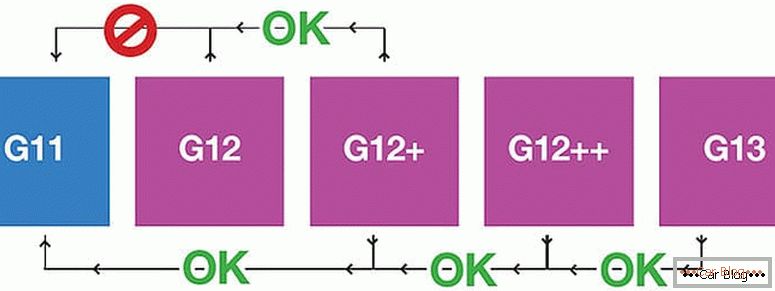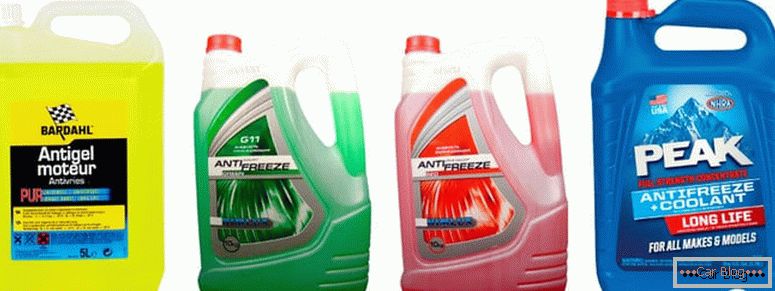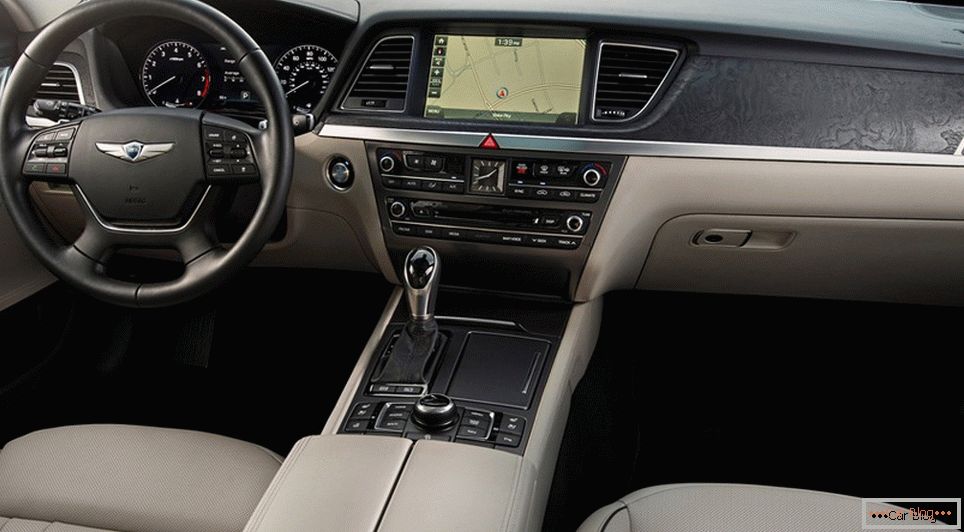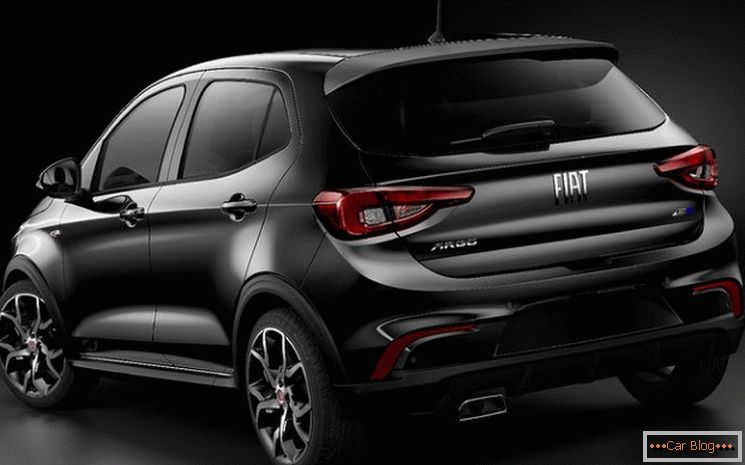Охлаждающая жидкость играет важную роль в работе автомобиля. Ее химический состав подобран производителями таким образом, чтобы обеспечить комфортную эксплуатацию транспортных средств. Для того чтобы потребители визуально отличали между собой продукцию отдельных компаний с определенными характеристиками, состав окрашивают в соответствующие тона. В связи с этим у автолюбителей нередко возникает вопрос о том, что Is it possible to mix antifreeze of different colors.
This is due to the characteristics of the chemical composition. The substances entering into liquids are capable to enter into an undesirable reaction, depriving the products of the properties incorporated in them. However, some compounds are neutral with each other and do not affect each other, so you should know with what you can mix red antifreeze or liquid of a different color, and with which you absolutely should not do it.
Content
- 1 Composition of popular antifreeze
- 2 The right choice of colors
- 3 What happens if you mix antifreeze in different colors
- 4 What and when are motorists poured into the cooling system
Composition of popular antifreeze
The main task of antifreeze is the removal of heat from the cylinder block. The main difference from water is stable operation at low temperatures, which allows to operate the car without any problems during frosts.
Coolant manufacturers face different goals. Most often it is possible to achieve the fulfillment of such parameters:
- ensuring neutrality with metal elements;
- non-reaction with rubber gaskets and piping;
- no occurrence of insoluble precipitation during operation, etc.
To achieve a successful result helps the composition of the additives that affect the properties of the liquid.

Some time ago, manufacturers used color differentiation for their products. Then the question of whether to mix red and green antifreeze, received an unequivocal negative answer. This was due to the fact that the reddish hues talked about the acid composition of the product, and the use of green or blue tones testified to the silicate composition. The main popular brands adhere to this method and now.
All compositions available on the market are designed to divert excess heat from the motor in both summer and winter. Moreover, under any conditions, physicochemical parameters and composition should not change drastically. This applies fully to the domestic antifreeze.
Practically in laboratories much more predicted operational parameters are laid:
- resistance to foam;
- no solid particles after long work;
- anti-corrosion resistance, etc.
Some brands have a more durable product, others do not always succeed in achieving positive in full. Cheaper than in foreign analogues antifreeze is more susceptible to foaming and has a minimum set of additives. This limits its scope of use especially for modern cars with impellers.
When considering whether it is possible to interfere with antifreeze of different colors, it is worth considering that the life of a liquid may differ for different companies. Cheaper samples serve 50–60 thousand km of run, and the motocross of a high-quality product reaches 130–160 thousand km. Although in most cases the basis for the composition is ethylene glycol.

This component allows you to use antifreeze in any conditions, not worrying about freezing. It should be borne in mind that without the additional use of additives, ethylene glycol quickly forms foci of corrosion on metal surfaces. In this regard, special chemical additives are used.
The right choice of colors
After receiving information about the composition of the liquid, some owners have already independently determine the possibility of mixing. It is important to pay attention to the recommendations of car manufacturers, which indicate the desired composition and sometimes the color of consumables.
This is due to the fact that auto companies are testing their products for compatibility with popular engine coolers. On the basis of long-term testing, the working capacity of machines, the risk of corrosion or compatibility with other additives are determined. It also allows you to define interactions with other similar fluids.

It is important to know that the color of antifreeze will not be able to determine its quality, since this characteristic applies only to conditionally information and does not have a significant effect on the chemical composition.
What happens if you mix antifreeze in different colors
The vehicle must be maintained at the specified engine coolant level. When it drops below the critical mark, the driver must add the appropriate composition to the system.
If a different liquid is used for this purpose, the operational parameters may deteriorate, including rapid foaming or precipitation due to the chemical reaction of the additives. Negative factors can arise not instantly, but after some time.
For a short trip, for example, in case of unforeseen emergencies and operating in benign modes, experienced drivers can fill in with another liquid that is not recommended by the manufacturers. If you expect a long subsequent operation, then the risk is not worth it.
See also: Possible engine cooling system malfunctionsDetermining why it is impossible to mix antifreeze of different colors, it is necessary to pay attention to the pump that can quickly fail due to corrosion or precipitation. However, in such cases it is worth paying attention not so much to the color differences, but to the chemical composition.
To understand whether blue and green antifreeze can be mixed, it is important to read labels from them. Indeed, even with different visual markers, fluids may be identical in components. Also, a single-color product does not always have similar parameters.
What and when are motorists poured into the cooling system
Often the change of antifreeze refers to seasonal activities. Also pouring is carried out when replacing the radiator. Most motorists after purchasing a used car try to update all technical fluids, including the cooling system.
The main division between technical liquids by labeling is to indicate the class: G11, G12, G13. The first type is the cheapest, it includes domestic antifreeze, etc. As part of a minimum of additives and additives. In the second more expensive class, there are carboxylate chemical additives that help protect against rust and better heat dissipation.
The most environmentally friendly is the group G13, made on the basis of polypropylene glycol. It is non-toxic and has a large set of advantages in comparison with other groups. It is recommended by leading automakers. The abundance of chemical manufacturers has reduced the color gradation to a minimum. Color has become more of a convention.
However, proven old companies still have visual markers that can be trusted. Most often used such systems:
- G11 is green;
- G12 is red;
- G13 - purple or brown.
In any case, it is worth reading the label first.
It is considered that G11 accepts to itself any analogs. In G12, you should not top up the “eleven”, but you can add “twelve” or G12 with pluses. In G13 it is worth pouring only “thirteen”, but the composition itself is allowed to add to almost any antifreeze.
Mixing antifreeze in different colors, especially if G12 is yellow and G13 is blue, may cause damage. But topping up in the green of the 11th green of the 13th is unlikely to have any negative impact.



